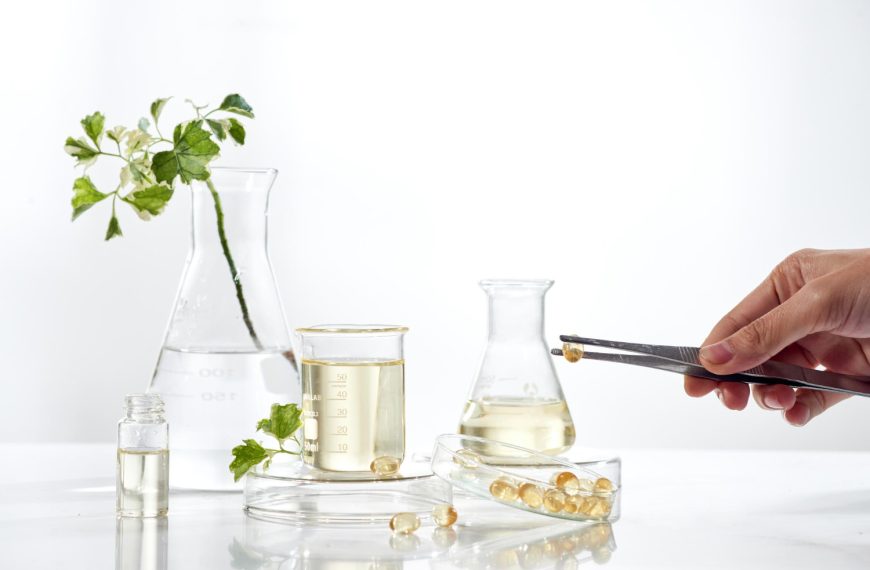Educational science experiments for kids are always fascinating, and exciting for them, the classic science experiments with water and oil stand out as a mesmerizing exploration of liquid properties. This easy-to-do but fascinating exercise stimulates young minds and offers insightful knowledge about scientific concepts. Let’s examine the specifics of this experiment, its scientific foundation, and how it provides kids with a practical learning opportunity.
Setting the Stage for Exploration
Before we begin on the oil and water experiment, it’s essential to understand the basics of science experiments with water. Water, a fundamental element, serves as an excellent medium for various scientific investigations due to its unique properties and behaviors. Kids can grasp concepts like hydration, surface tension, and the interaction of different substances by engaging in hands-on activities with water.
Making Learning Fun and Interactive
Water experiments for kids go beyond the traditional classroom setting, offering a dynamic and interactive way to learn. Whether it’s understanding the concept of absorption, exploring the states of matter, or witnessing the fascinating dance of water molecules, these experiments provide a holistic learning experience. The oil and water experiments for kids, in particular, introduce children to the concept of irreversibility, the inability of certain substances to mix.
A Magical Encounter of Irreversible Liquids
The main attraction of this science experiment lies in the interaction between oil and water. Children are often amazed by the visual spectacle created when these two irreversible liquids come into contact. The unique characteristics of water and oil hold the key to the occurrence.
Oil tends to float on the surface because it is less thick than water. Furthermore, water molecules are polar, whereas oil molecules are nonpolar. This difference in polarity prevents the two substances from mixing. As a result, when oil is added to water, it forms distinct droplets that float and create a mesmerizing display.
Unlocking Scientific Concepts
The mixing oil and water experiment serves as a gateway to understanding key scientific concepts. Children can grasp the principles of density, polarity, and the behavior of molecules in a visually engaging manner. As they observe the separation of oil and water, questions arise, and curiosity is sparked as a crucial element in fostering a love for science.
Encourage kids to explore further by asking questions like, “What happens if we add soap to the mixture?” or “How can we change the size of the oil droplets?” These inquiries pave the way for additional experiments, turning a simple activity into a continuous learning journey.
Expanding Learning Horizons
While the basic oil and water experiment provides an introduction to the world of irreversible liquids, there are numerous ways to enhance the learning experience and keep the curiosity alive. Here, we explore additional variations and extensions of the experiment, making it an even more enriching activity for young scientists.
- Adding Color to the Mix:
- Introducing Surfactants – Soap to the Rescue:
- Creating DIY Lava Lamps:
- Exploring Density with Layered Liquids:
- Temperature Effects:
- Artistic Exploration – Oil and Water Painting:
- Encouraging Reflection and Discussion:
Invite children to add a dash of color to the oil and water experiment by using food coloring. The introduction of vibrant colors not only adds an artistic touch but also allows for a deeper exploration of how colors interact in liquid mediums. Kids can observe how the colored droplets of oil behave in the water, creating a visually stunning display.
Take the experiment a step further by introducing a surfactant, such as dish soap, into the mix. This addition alters the surface tension of the water, leading to changes in the behavior of the oil droplets. Children can observe how soap molecules interact with both oil and water, causing the oil to disperse into smaller droplets. This variation introduces concepts of molecular interactions and the role of surfactants in breaking down oil.
Transform the oil and water experiment into an exciting DIY lava lamp project. Provide children with a transparent container, water, vegetable oil, and effervescent tablets (like Alka-Seltzer). By dropping the tablets into the mixture, kids can witness mesmerizing bubbles of gas carrying droplets of colored water to the surface. This variation introduces concepts of gas production and the dynamics of effervescence.
Extend the experiment by exploring density and layering. By introducing liquids with different densities, such as honey or syrup, kids can create a layered effect in a clear container. This variation encourages them to observe how liquids of varying densities arrange themselves, offering insights into the concept of density stratification.
Explore the impact of temperature on the oil and water experiment. Encourage children to conduct the experiment with warm and cold water, noting any differences in the behavior of oil droplets. This variation introduces the concept of temperature-dependent changes in the properties of liquids.
Transform the oil and water experiment into an artistic endeavor. Kids can dip the paper into the oil and water mixture to create unique patterns and abstract designs. This variation combines scientific exploration with artistic expression, fostering creativity while reinforcing concepts of immiscibility.
Following each variation, engage children in reflection and discussion. Ask open-ended questions such as, “What did you observe?” or “Why do you think the oil and water don’t mix?” Encourage them to share their hypotheses and interpretations, promoting critical thinking and communication skills.
Incorporating these variations into the oil and water experiment transforms it into a multilayered learning adventure. The interactive and dynamic nature of these activities not only reinforces scientific concepts but also encourages children to think critically and creatively. As young scientists start on this journey of exploration, they not only witness the wonders of immiscible liquids but also develop a broader understanding of scientific principles that extend beyond the confines of a classroom. The oil and water experiment, in its various forms, becomes a gateway to a world where curiosity knows no bounds, and the joy of discovery becomes a lifelong companion.
At EuroKids, we understand the immense power of experiential learning in shaping a child’s inquisitive mind. Our commitment to fostering curiosity and a love for discovery aligns seamlessly with engaging science experiments with water and oil for kids. Through a blend of interactive activities and educational adventures, we provide a stimulating environment where young minds can thrive. The oil and water experiment, with its colorful variations and scientific principles, mirrors our philosophy of making learning both fun and enlightening. Join EuroKids, where each experiment is a stepping stone in your child’s journey of exploration, curiosity, and holistic development.















